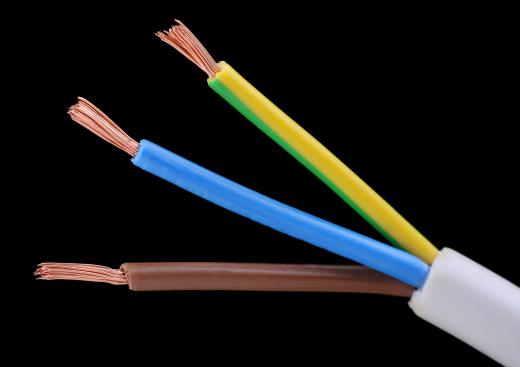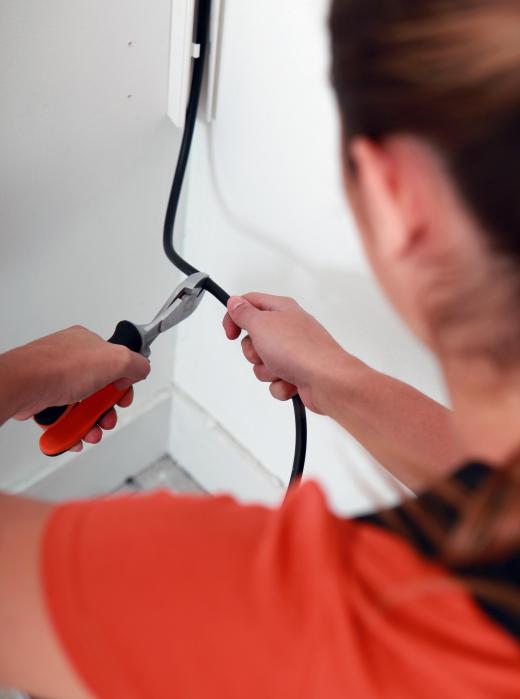The term wire load is used in the realm of electronics and electrical circuitry. It is a reference used to describe the amount of signal a specific wire is able to withstand having sent through it. The load varies according to the length of the wire, the thickness, or “gauge” of the wire, and the material that specific wire is made from.
The thicker the gauge, and the more dense or conductive the wire is, the higher a rating the wire will receive in terms of the acceptable wire load for that wire. This is usually measured in volts. Volts are used since most of the signal capacities that different wires and devices rely on are directly related to voltage, current, or the conversion of an input signal into voltage.

The reason that most electrical wires are rated on a wire load system is because when a signal, such as voltage, is passed through a circuit device’s output and sent to another device through a wire, the energy being transferred often produces heat. In highly conductive materials, such as copper wiring, the wire may become so hot that if the wire is too small for the energy being sent through it, the wire itself my overheat. This could cause the wire to become brittle and break.

A broken wire is very dangerous to the circuit. Damage can occur if the broken end of the wire comes into contact with any of the circuit’s other parts. This means if the wire load is surpassed by the amount of voltage being sent to the device, this excess energy could result in the wire failing and damaging the device as a whole. The excess voltage could even start an electrical fire.
In order to prevent fires and damage, it is imperative to make sure the load being delivered to the wire for the device is under the particular wire’s load capacity. In order to do this, any local electrician should have a wire-gauge-to-load-limit chart. Such charts can be purchased for a nominal fee.
If a chart is not handy, users are typically able to look up a gauge of wires from many different online wire load calculation sites. Knowing the capacity and voltage limits for the wire being used will help to avoid any circuit or device damage caused by wires being installed in places where they are not compatible. These charts will also show, in a practical manner, the size or sizes of wire that are generally considered overkill or far too big for the project at hand.
